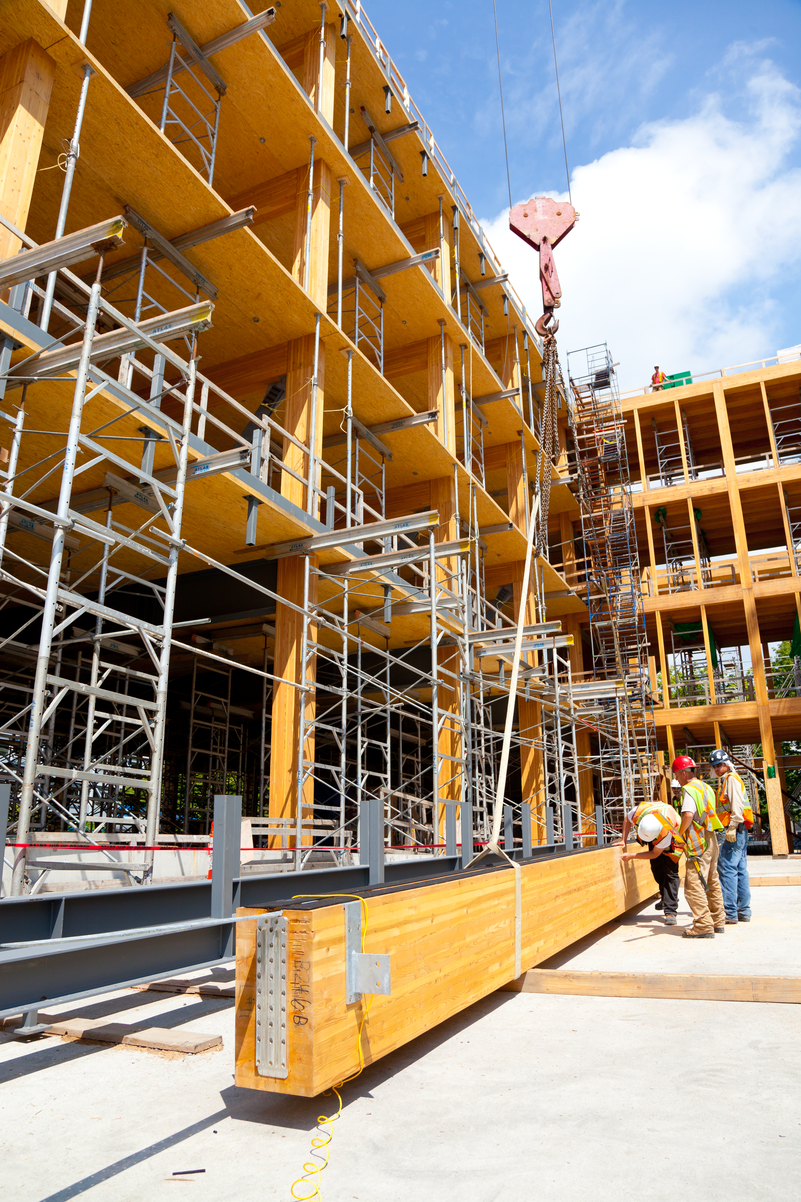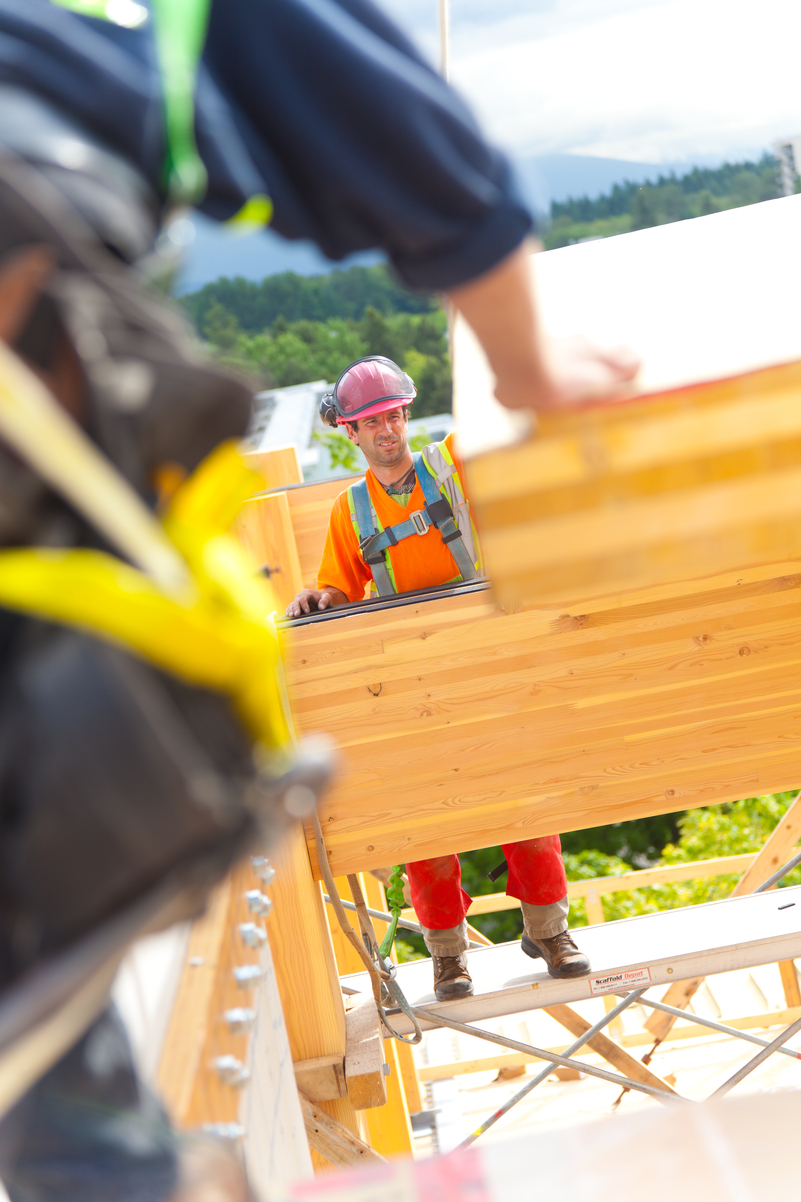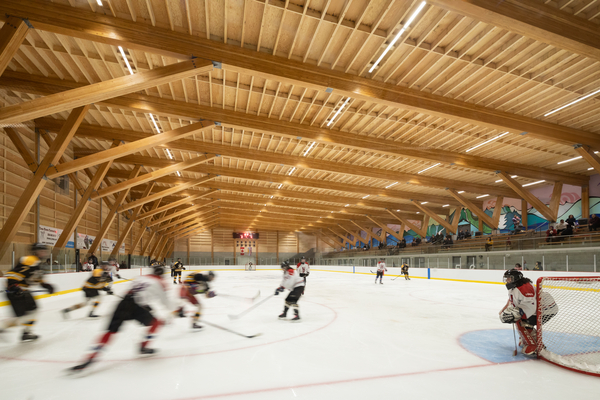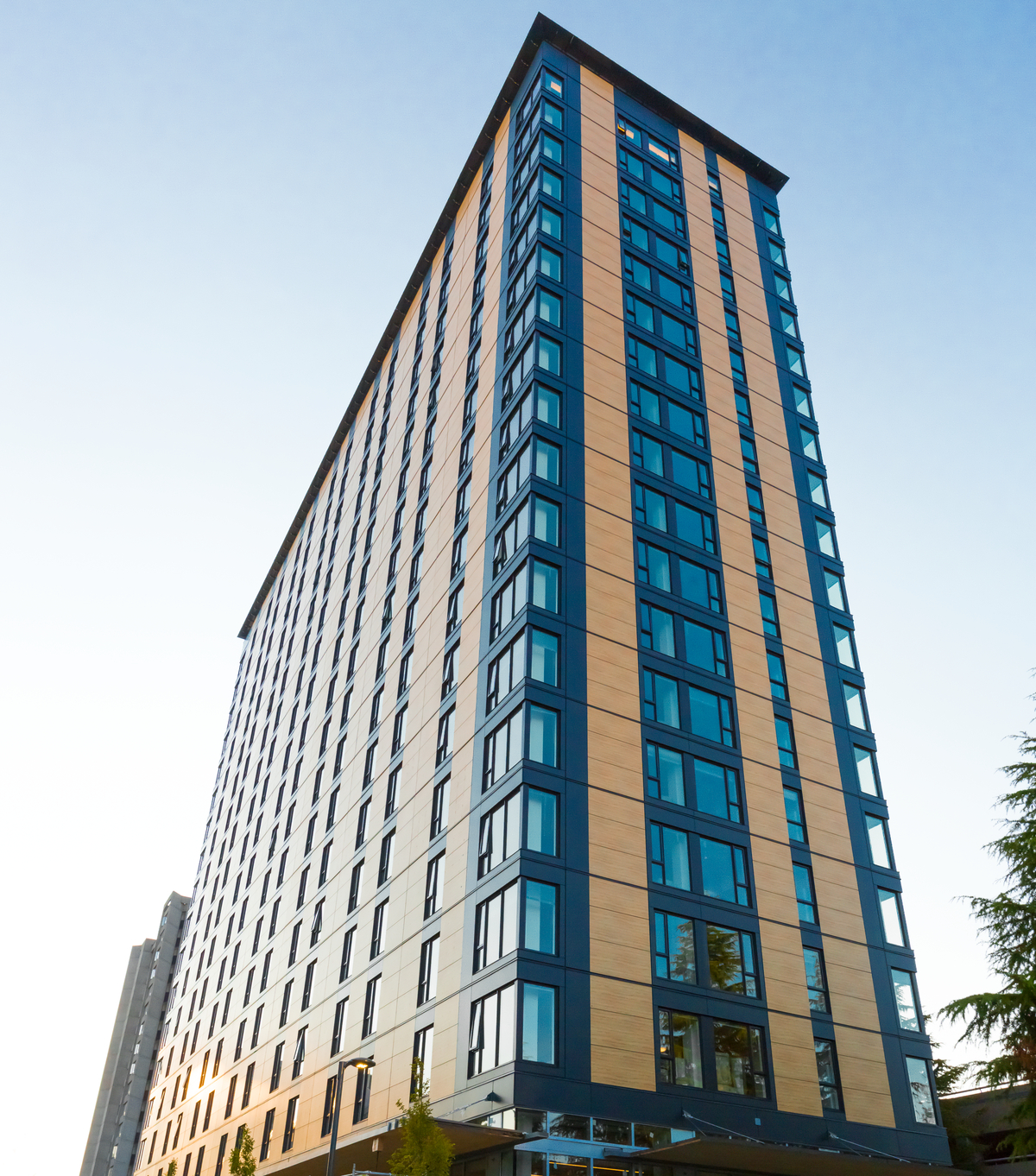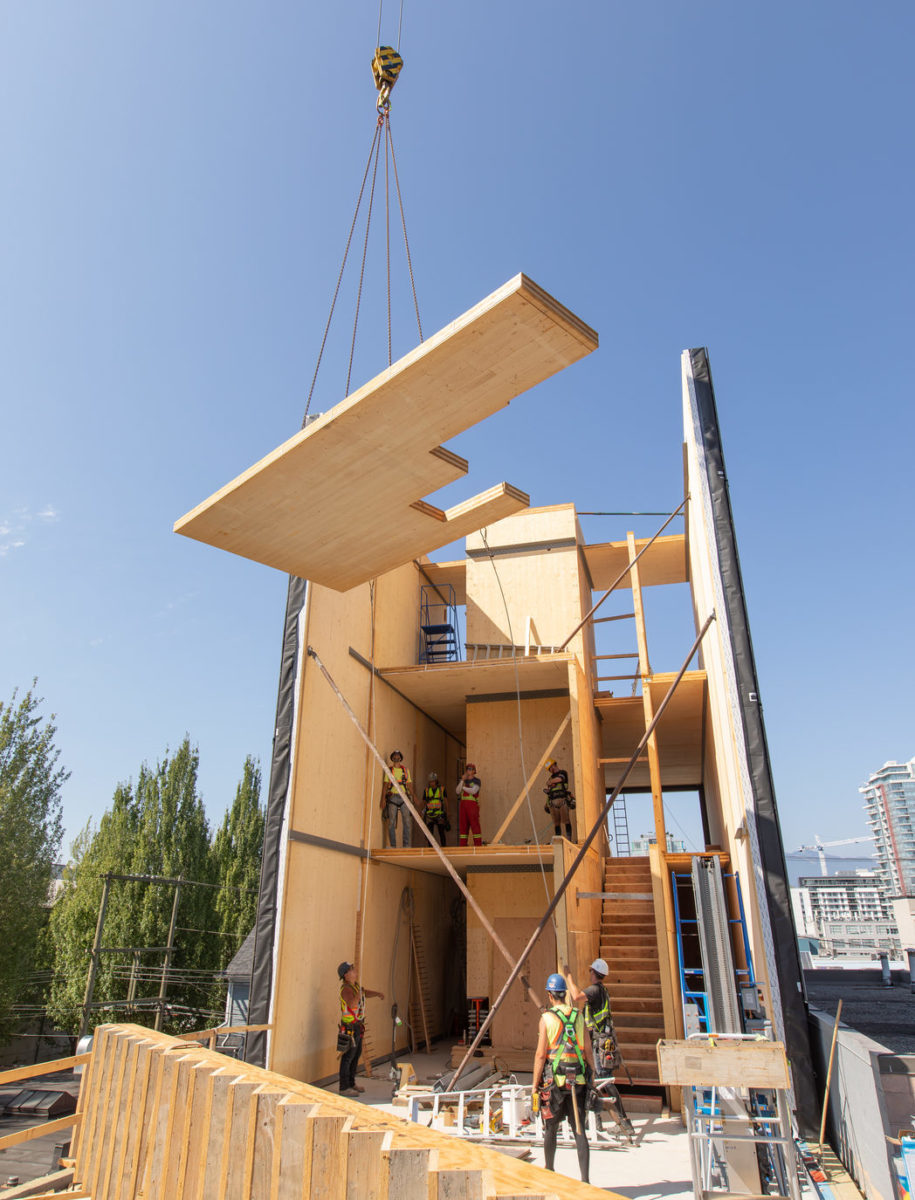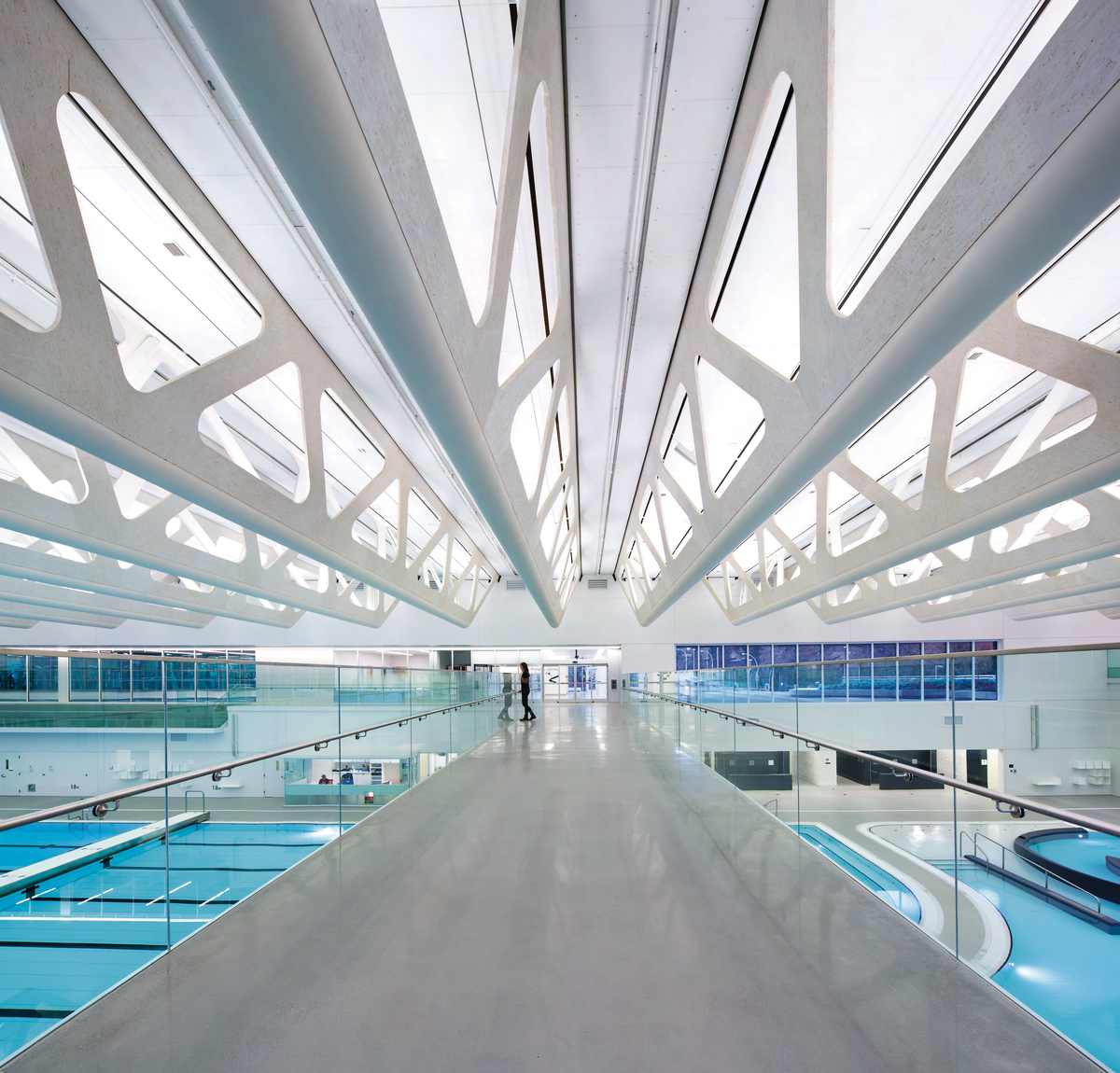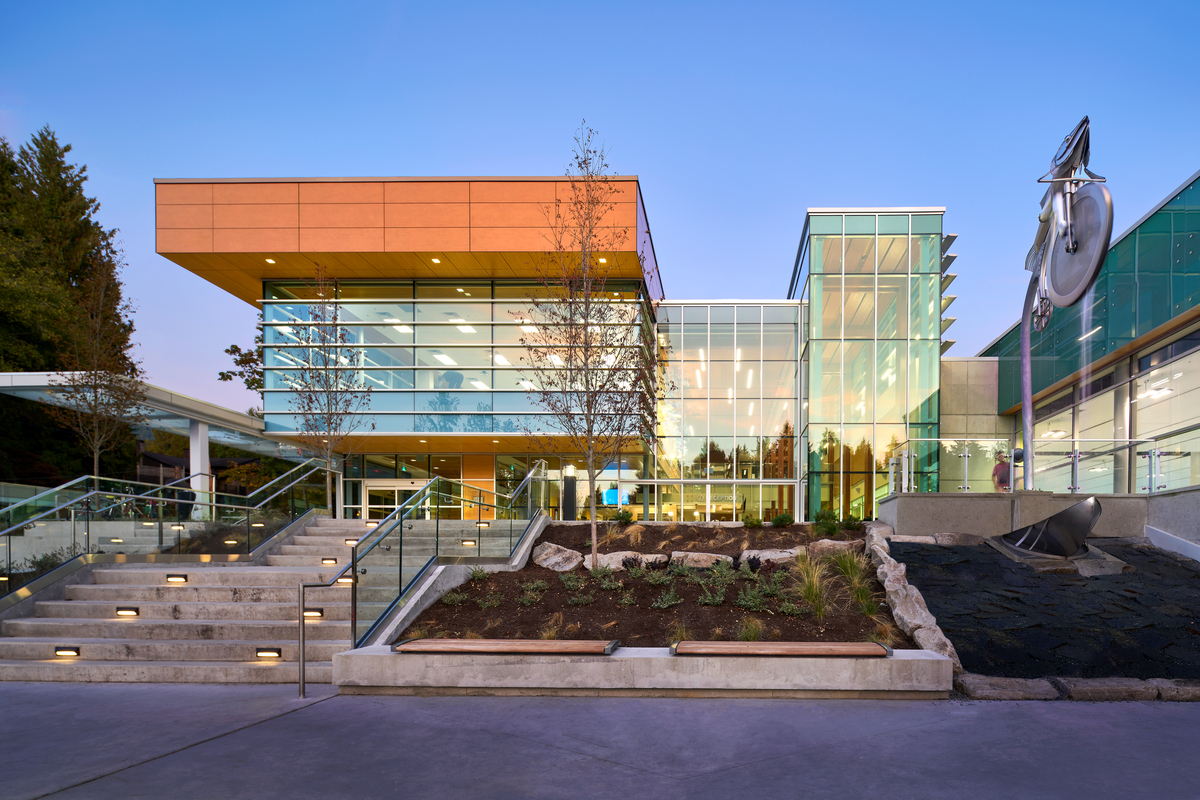Advantages and benefits of wood construction
Wood is valued for its beauty, strength, flexibility and practicality. It can be cut, carved, planed, milled, bent, joined, glued, nailed, bolted, laminated, spliced and weathered. It can be a load-bearing structure, a finish material or an exterior cladding. As a building material, wood is easily adapted, reused or recycled. It is well suited to additions and retrofits, and wood systems can be dismantled with relative ease and used elsewhere. Wood construction has long been used for energy-efficient design and provides some of the world’s most affordable and comfortable housing. Wood is used in the vast majority of single-family homes in Canada and many multi-family projects.
Experienced wood contractors are widely available, and workers of varying skill levels can quickly learn wood construction techniques. Wood construction can be done on site, allowing for quick solutions when changes are required.
Wood is used in many types of buildings, from single-storey homes to condominiums, multi-storey offices, schools, industrial facilities, recreational centres and arenas. And as we grapple with an ever-growing need for affordable housing, wood is delivering economical, comfortable and safe solutions.
UBC Earth Sciences Building | Photo credit: KK Law
